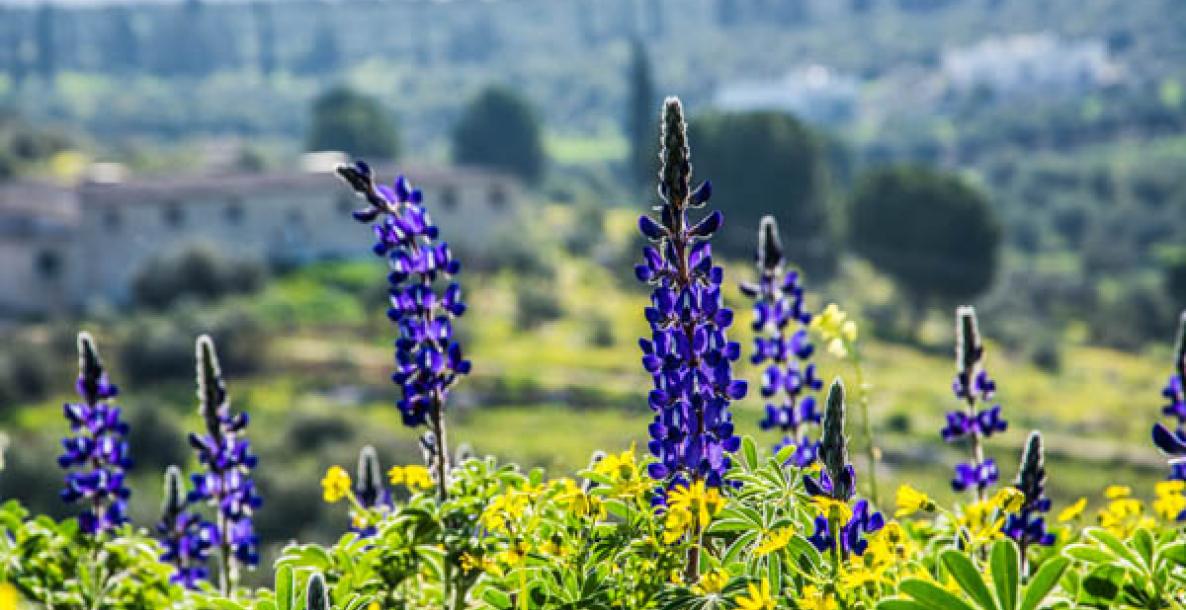CHOOSE YOUR DESTINATION/S
With our Interactive map, Hover over your disred destination for more information, what we offer and more.
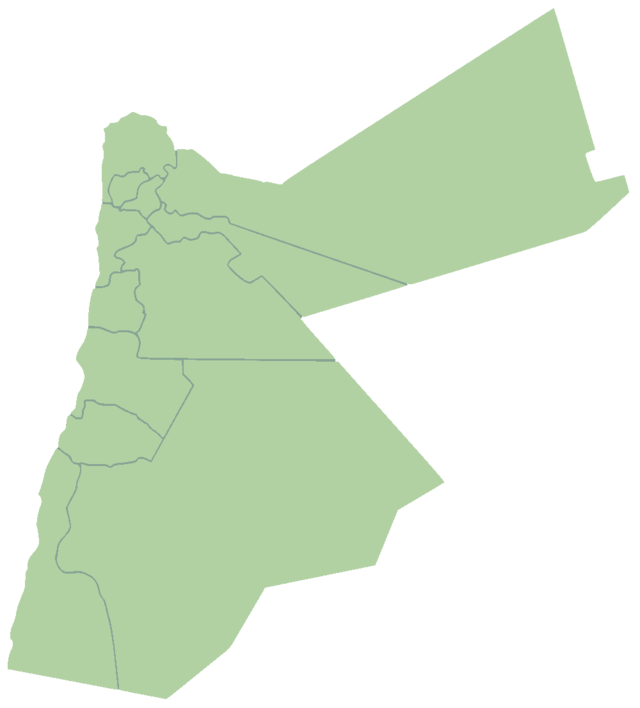

Discover More about Jordan
Jordan is a young country dense with history, full of natural wonders, spiritual atmosphere, and historical sites. A well-travelled bridge between sea and desert, east and west, old and new. Due to its strategic location and mild climate, it has been constantly settled throughout every single period of history since 9500 BC. The multitude of civilizations in Jordan left distinct marks behind, turning it into an open museum, evidence for the rich heritage that Jordan enjoys today. In this blessed landscape, you have great chance to be in touch with the elements of nature and to be in touch with yourself. Jordan also has many positive energy sites perfect for meditation and yoga practicing like Petra, Wadi Rum and The Dead Sea, to name a few, which have provided the stage for many of history’s most momentous dramas making it one of the best meditation tourism destinations world-wide.
Jordan is well-known for the warmth and friendliness of its people. Anywhere and everywhere you go you will always find someone to assist you. Jordanians have always been eager to open their doors and welcome visitors to experience their remarkable country.
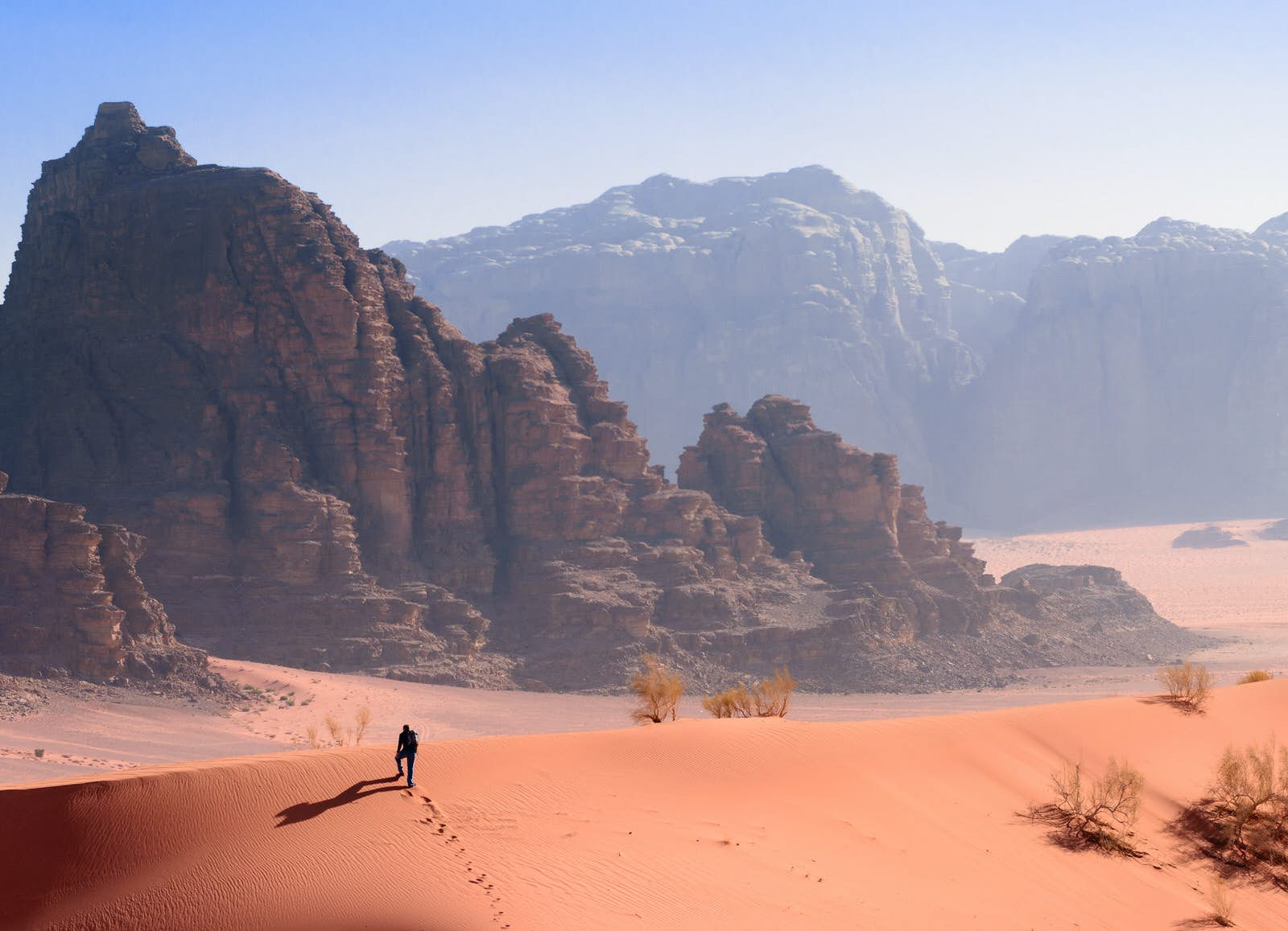
Summer in Jordan
Mid-June to Mid-September
In summer Jordan receives an astonishing average of 13 hours a day of sunshine. This sunshine usually comes hand in hand with blazing temperatures (around 40 degrees Celsius) between June and August. In summer the weather in Jordan is dry, the wind is warm and humidity is high. Don’t forget to pack sunscreen, lip balm, sunglasses, water shoes and a hat to protect your face.
Autmn in Jordan
Mid-September to Mid-December
After the soaring temperatures of summer, things cool down a little in September making it a pleasant time to visit. Between September and October, the waters of the Red Sea hit temperatures of 26 degrees Celsius which entices beautiful tropical marine life. Autumn is a great time for diving particularly around the city of Aqaba. Don’t forget to pack your walking shoes and a sweater for air-conditioned buildings and cooler evenings.
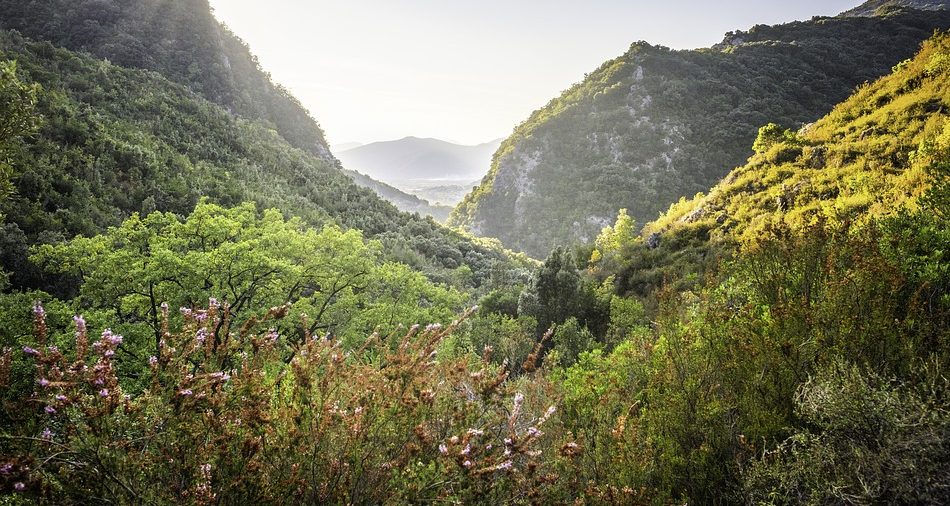
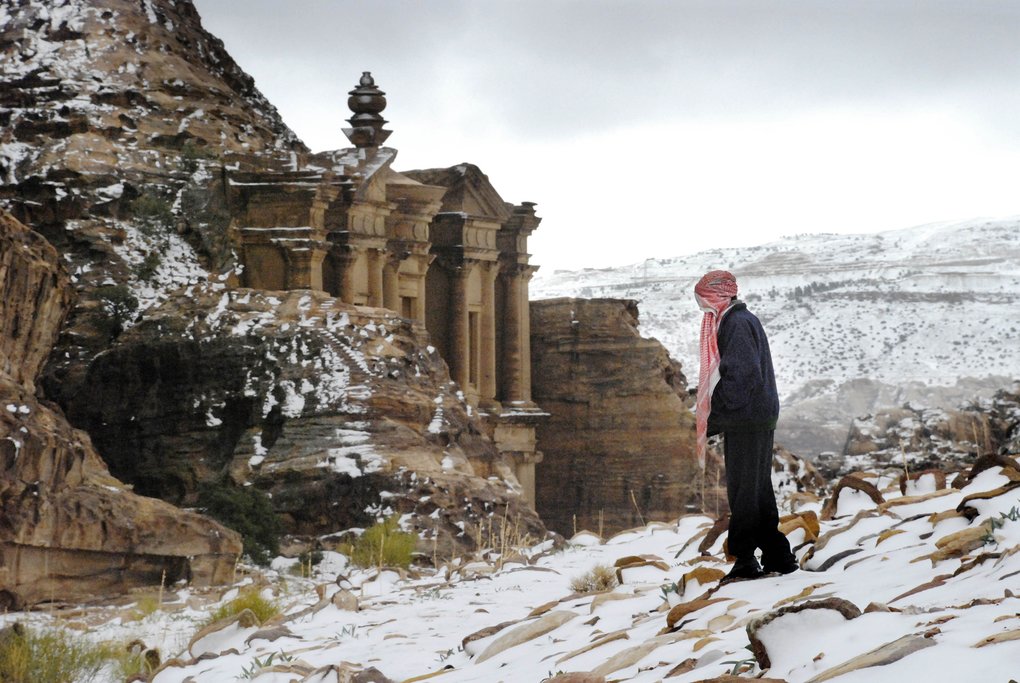
Winter in Jordan
Mid-December to Mid-March
In winter the weather in Jordan can drop quite dramatically and this time of year also receives the most rainfall. January is the coldest month with the average temperature in Amman dropping to around 8 degrees Celsius. For those exploring the cities of Amman and visiting Petra, winter is an OK time to visit as long as you pack warm clothes. Don’t forget to pack a heavy jacket or coat.
Spring in Jordan
Mid-March to Mid-June
Springtime in Jordan begins in March and lasts until the end of May. Spring boasts cooler temperatures compared to the near approaching summer. The cooler weather of spring is an ideal time for hikers, especially because this time of year also sees an abundance of wildflowers and green rolling hills. Don’t forget to pack layers — like light sweaters, scarves or pashminas — plus a pair of sunglasses.
